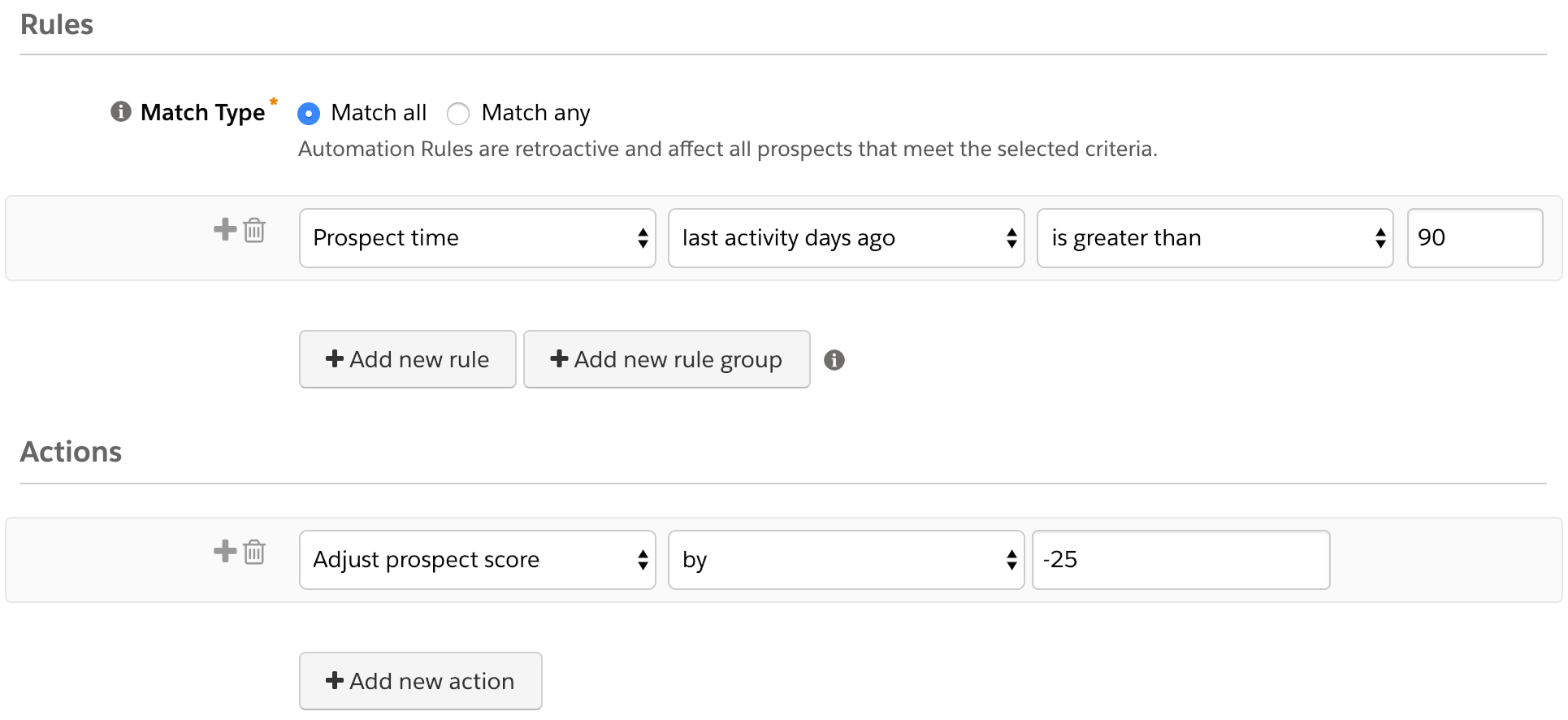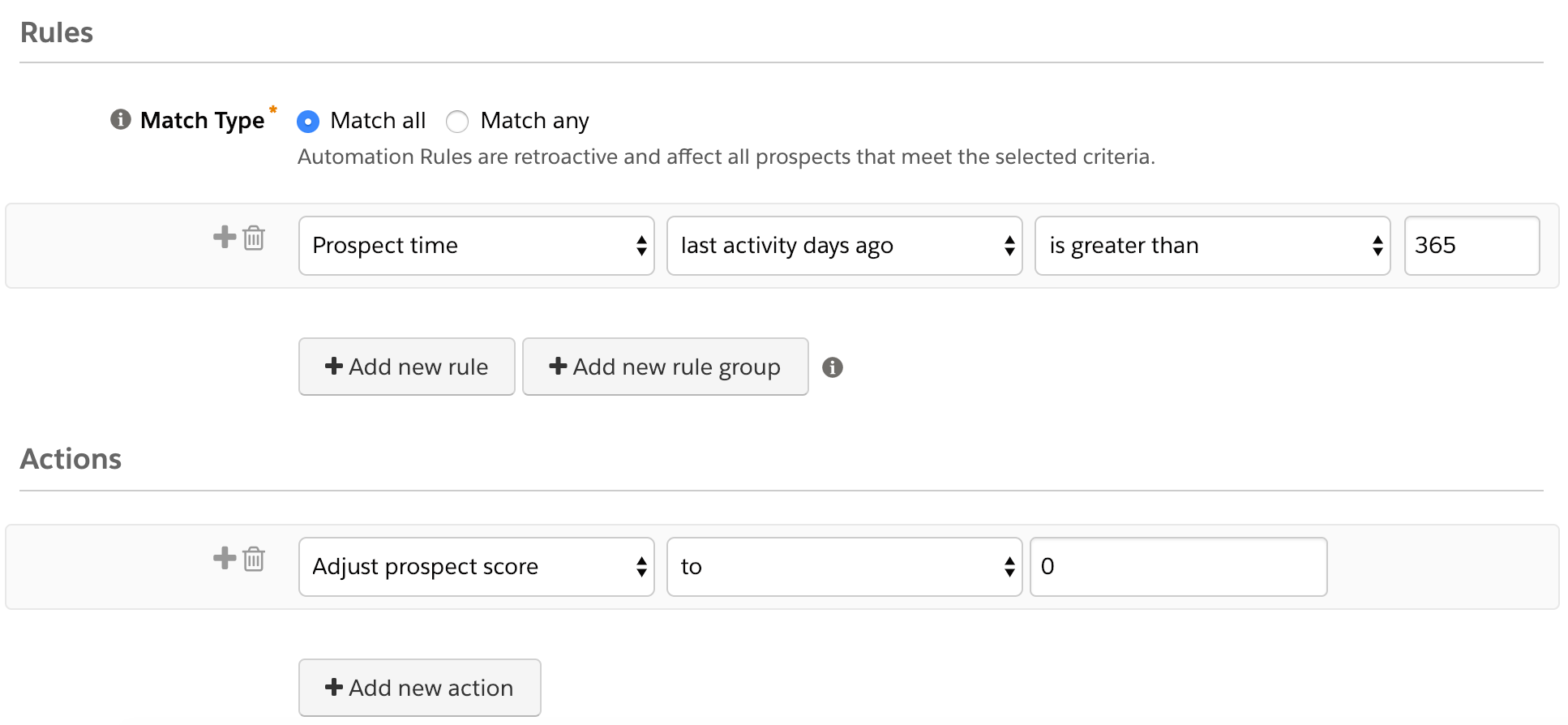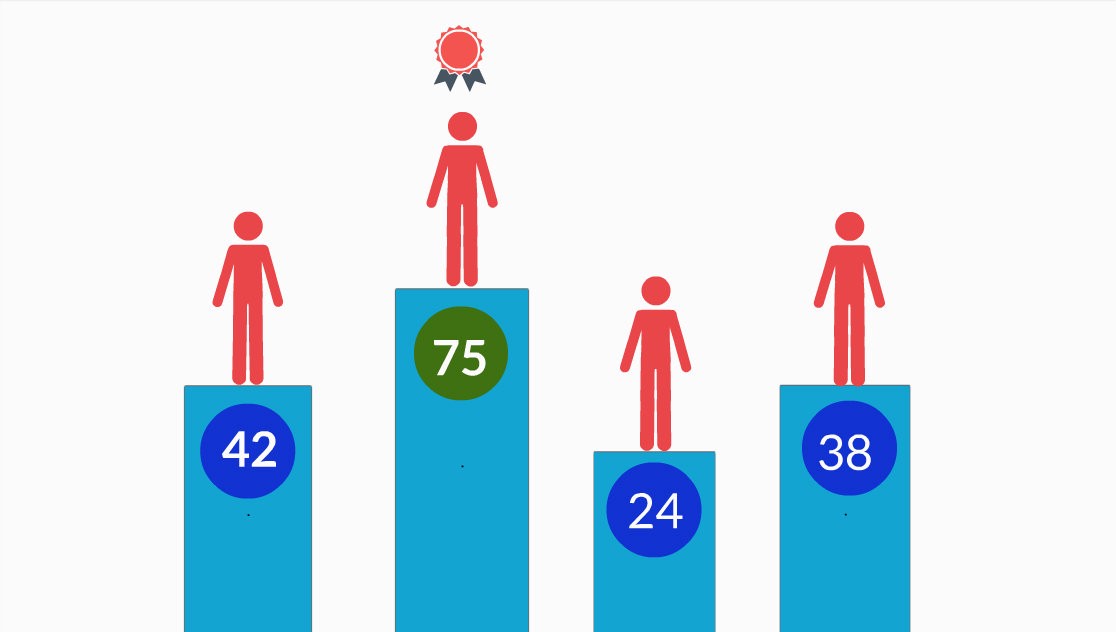Scoring is one of the most useful tools available to a Pardot Administrator in terms of perfecting the alignment between Sales and Marketing. But how can a new lead scoring degradation strategy help your business?
Having a robust scoring strategy in place enables leads to be assigned to the Sales team at the right time. It is highly valuable for improving the lead conversion rate, elevating the Sales team’s productivity and shortening the sales cycle.
However, if we consider a typical scenario of a lead being assigned to Sales at the point of a particular score threshold – e.g. when we reach a score of 100 – we should also think carefully about the fact that Pardot scores are cumulative over all time.
Let’s say two prospects have a score of 200.
One of these prospects might not have been active on your website for over two years, whereas the other prospect may have been on your website yesterday.
Simply checking the score does not help us prioritise leads in this case. We could consider lead scoring degradation that could reduce a prospect’s score over time after defined periods of inactivity.
How does that work?
We would look at the prospect who previously had a score of 200 but hasn’t visited the website in two years. To more accurately reflect the prospect’s current value to the sales team we would update the score to less than 50. or even 0.
Automation Rules in Pardot provide two options in terms of how scores are degraded:
- Reduce score by X every Y days/weeks of inactivity – allows a prospect’s score to be gradually reduced over time

- Reduce score to X every Y days/weeks of inactivity – typically would be used to reset a score to zero after a defined period of inactivity

As a result, we now have several options, not only whether the score will be gradually reduced or reset, but also in terms of how long that will take to happen.
This is an important decision, especially since the scoring changes made by these automation rules cannot be reversed. Therefore it’s essential to take a data-driven approach to making this decision.
Below are four key considerations to explore which should provide insight into the right degradation strategy for your business:
1. Distribution of scores
Create a Salesforce report that shows how scores are distributed in your account. You could use a matrix report on bands of scores – e.g. 0-50, 51-100, 101-150 – using buckets and displaying this in a dashboard.
2. Communication cadence and frequency
Consider the pattern of emails which you send and their frequency in a weekly/monthly/quarterly period. This should impact how often you would expect prospects to click through to your website.
3. Sales cycle
Consider your sales cycle length and qualification methods:
- Do new prospects typically get qualified quickly, or do research across months?
- How does your scoring fit into upsell/cross-sell/existing business re-purchases?
- In addition to a score reset after inactivity, would it be appropriate to also reset the score once first qualified or when a deal closes?
4. Prospect journey
Take around 20 prospects, a mix between your strongest existing customers, newly qualified prospects and also ones with closed lost opportunities and check their prospect records.
- What is their typical pattern of engagement?
- Is this different in customers v non-customers?
- Did the lost opportunities engage differently to the ones you won?
- How often do they visit your website or interact with marketing initiatives?
- Do they visit the website, go dormant and then reactivate down the line?
Once you’ve explored these topics, you should have a much better view into the approach to scoring degradation. Before creating any automation rules just yet, remember to run through your ideas with your Sales team in order to get feedback and buy-in with your plans.
If you need any help or advice on your lead scoring setup, including scoring degradation, get in touch with our experts.


